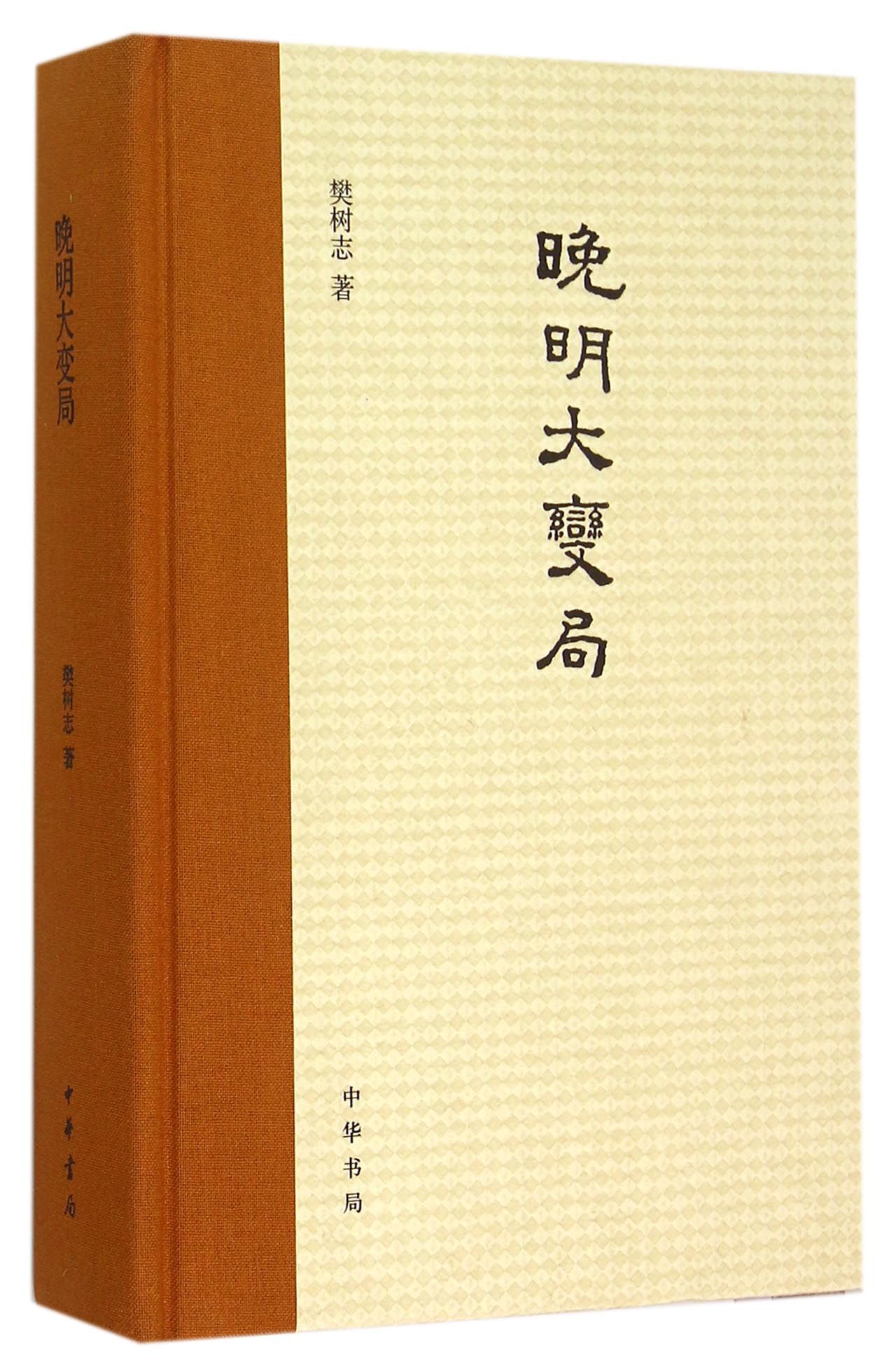Ming Dynasty changes preceded Qing upheaval

Transformation in the Late Ming Dynasty
Author: Fan Shuzhi
Publisher: Zhonghua Book Company
“Perhaps we have paid too much attention to the Opium War, and simply regarded it as the event that suddenly brought the Chinese nation challenges from the outside world, while we belittled the ‘changes before this change,’” said Fan Shuzhi in Transformation in the Late Ming Dynasty. Fan means to emphasize the impact of social changes that happened in the Ming Dynasty (1368-1644) on Chinese history, and tell a different story from what people expect.
The so-called “great changes in the late Qing Dynasty (1616-1911)” were caused by the external pressure brought by emerging industrial civilization and the spread of ideas from the Western Christian world, which led to final upgrades and a revolution in the ancient “Imperial Court” when the society was characterized by internal tension, anxiety, restlessness, conflicts and many other forms of chaos. This is the essence of this “changing situation.” From this perspective, the author of the book considered the changes in late Ming Dynasty were similarly essential, which is a revolutionary way of thinking.
Throughout Chinese history, the late Ming Dynasty was a bizarre era characterized by agitation, which provoked constant review and reflection. Since the 1950s, in the study of the social economic history of the Ming and Qing dynasties, both the exploration of the early “budding of capitalism” and the “theory of market development of the Ming and Qing dynasties” which flourished in the 1980s, emphasized the significance of the changes occurred in the late Ming Dynasty.
In previous studies, “capitalist germination”, “development of the commodity economy” and “social transformation” were regarded as the results of the internal changes that happened in traditional China. Some new historical factors emerged during this process but they were too weak to push the nation into a new historical stage before the Western invasion. Fan pointed out that “the great changes” in late Ming were not exclusive to China. Instead it was closely connected with global trends. In other words, the impact of globalization was felt by the Chinese people in this era, and in part, promoted those changes in Ming Dynasty. The book begins its narration with the chapter of “Breakthrough of the ‘Ban on Maritime Trade-Tribute’ System” and elaborates how China got involved in global trade in the following chapter. The author wanted to remind us that missionaries and businessmen had been active in the East and South China Sea since the 16th century.
Early globalization also brought a large number of Jesuit missionaries to China, thus opening the era of direct communication between civilizations at both ends of Europe and Asia. Of course, Christianity was not likely to be the foremost ideology. But the philosophy of mind represented by Wang Shouren featuring “ideological emancipation,” an advanced interpretation of Confucianism, came before the arrival of the Christian missionaries. Fan pointed out that the relatively relaxed atmosphere in ideological circles created by Wang’s school of thought contributed to the smooth spread of “Western learning” in the late Ming Dynasty.

 PRINT
PRINT CLOSE
CLOSE